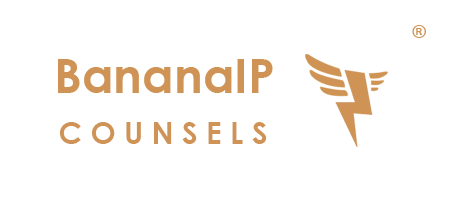This post was published on September 08, 2014.
In the second post of this blog series, we shall be analyzing the US approach towards descriptive marks.
In the US, a mark is merely descriptive if it “consists merely of words descriptive of the qualities, ingredients or characteristics of the goods or services related to the mark”, being enough if it describes one characteristic of said goods or services. Like in India, a mark which is merely descriptive or deceptively mis-descriptive of the goods on or in connection with which it is used is not registrable on the principal register, as clearly stated under Section 2(e)(1) of the US Trademark Act of 1946. In re Abcor Development Corp, 588 F. 2d 811, the US Courts clearly laid down the reasons for not protecting merely descriptive marks, which are stated as follows:
- To prevent the owner of a mark from inhibiting competition in sale of particular goods.
- To maintain freedom of the public to use the language involved, thus avoiding the possibility of harassment infringement suits by registrant against others who use the mark when advertising or describing their own products.
US has adopted a position similar to that of India when it comes to the circumstances in which a descriptive mark can be protected. Section 2(f) of the Trademark Act allows registration of descriptive mark only if it has become distinctive of the applicant’s goods in commerce, i.e., if it has acquired secondary meaning. In order to establish secondary use, one “must show that the primary significance of the term in the minds of the consuming public is not the product but the producer.” [Zatarins Inc. v. Oak Grove Smokehouse, Inc., 698 F.2d 786.]
Apart from secondary use, Section 33(b)(4) of the Lanham Act allows fair use of a descriptive term or device to describe the goods or services of the user, or their geographical origin.
Another aspect that one must be aware of while analyzing the system of protection of descriptive marks in the US is the existence of two trademark registers: the Supplemental Register and the Principal Register. Marks that are descriptive in nature must go to the Supplemental Register first until they have acquired a secondary meaning in the minds of the consumers. A mark achieves secondary meaning normally after 5 years of use in the US, or if the USPTO is convinced that the mark has acquired a secondary meaning owing to the owner investing enough money or having enough sales or market share. The primary benefit of the Supplemental Register is that it can prevent others from registering a confusingly similar mark on the Principal Register or the Supplemental Register till the mark acquires distinctiveness. Furthermore, the Supplemental Register gives a person the legal right to use the ® symbol on his trademark.
Now that we have looked into the US approach towards protection of descriptive marks, the next blog post of this series will cover the UK position on the protection of descriptive marks.



